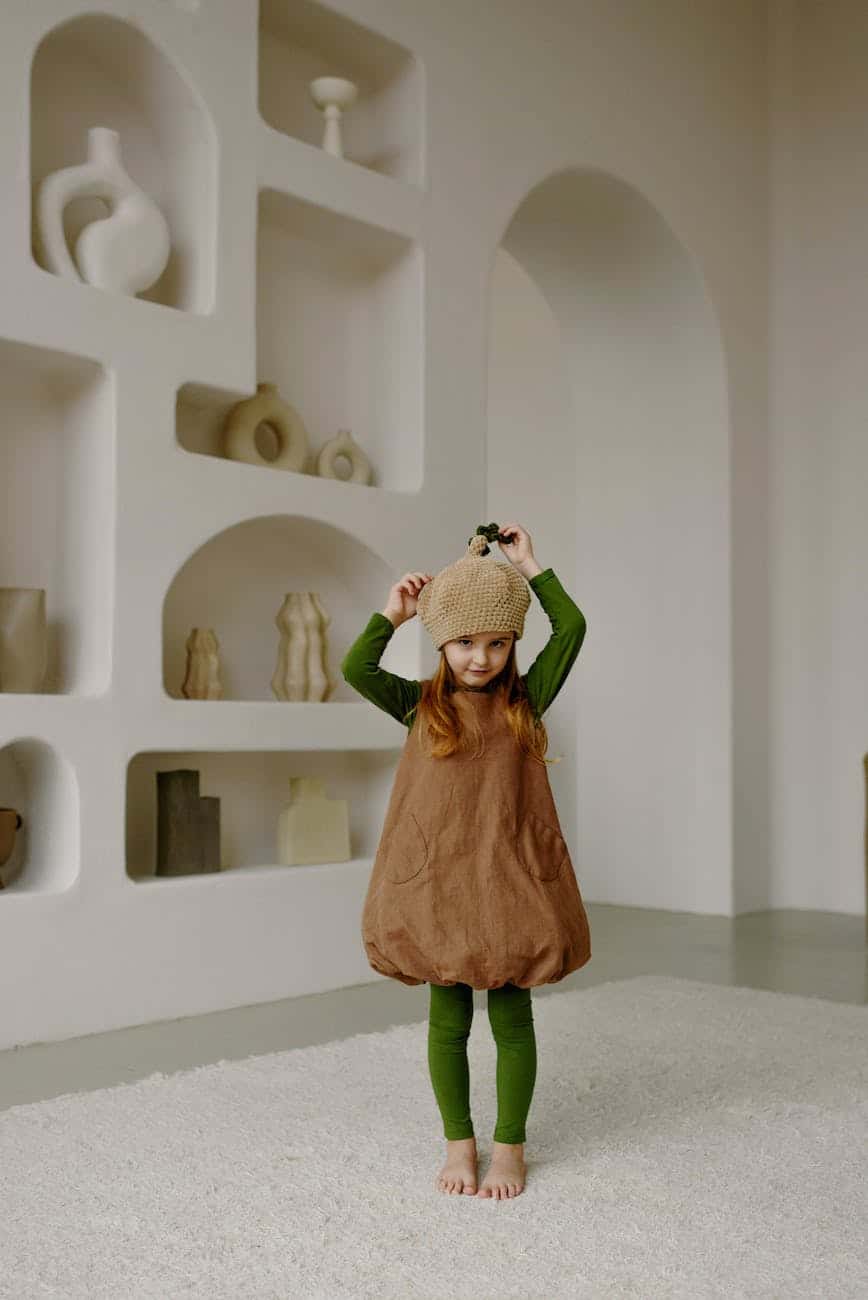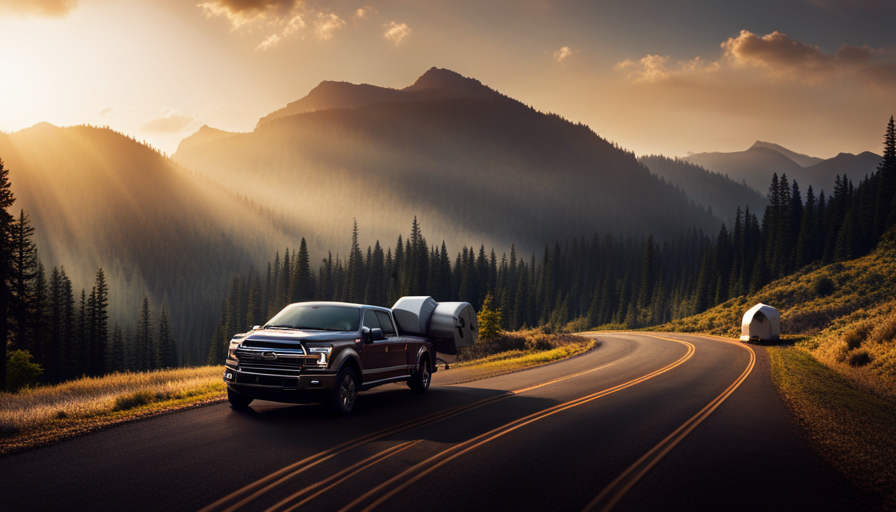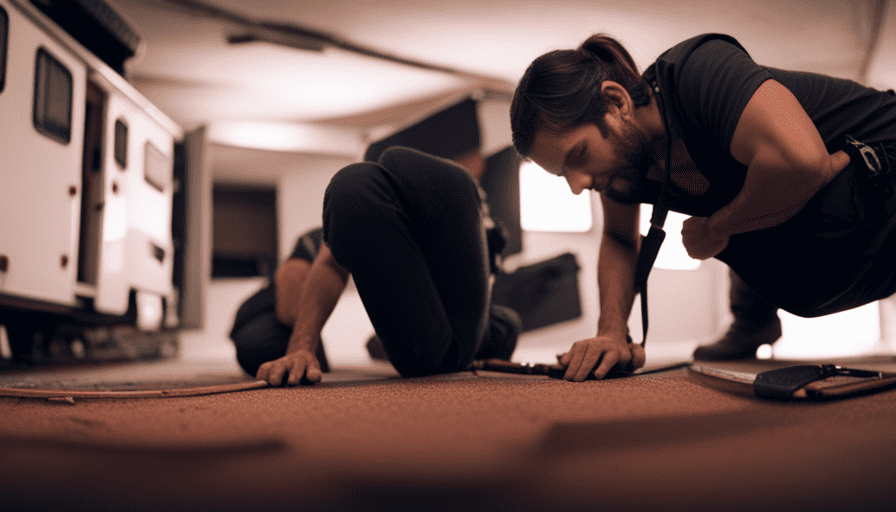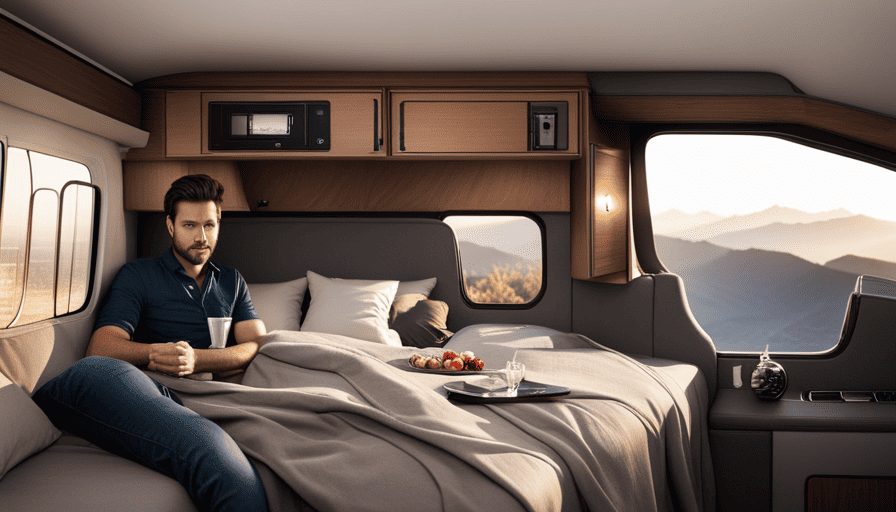There are plenty of activities for kids in Philadelphia beyond just the amusement parks. Museums and historical landmarks in the city cater to children of all ages. In addition to the Philadelphia Zoo, other great options include the Science Museum and the Academy of Natural Sciences.
Zoo360 Animal Exploration Trails
If you’ve ever wanted to get close to some of the world’s most exotic animals, you’ve got to visit the Philadelphia Zoo. Opened in 1874, this zoo now features over 1,300 animals from around the world on 42 acres. New animal exploration trails, including Zoo360, allow kids to walk through the zoo while viewing the animals above and below. The zoo also offers exciting exhibits and dining options.
The Zoo360 Insider app can help you plan your zooday. It will show you when special events are happening, which animals are on the trails and which ones are near you. Moreover, it lets you build your own itinerary and lists of must-see stops. The app also lets you store photos and share them with others on social media.
The Zoo360 exhibit is unique in the world. You can walk through the zoo while learning about the different types of animals and how they are kept. There are special events such as a balloon ride, a rainforest themed carousel, or other activities. The zoo also offers a “keeping up with the keeper” program where you can learn about the different aspects of zoo keeping.
Zoo360 also offers a parallel maze for younger visitors that allows them to keep an eye out for Meerkats and other animals. The maze allows children to play with the Meerkats up close. Another exhibit offers paths for giant river otters and red pandas. These interactive exhibits are perfect for families with young children. They’ll learn about how the animals live and interact with humans.
Another interactive feature is the Treetop Trail. It’s part of Zoo360, a network of see-through mesh trails that let you experience the animals’ habitats. You can also take the Big Cat Crossing (a 330-foot-long elevated path) and the Gorilla Treeway. To add more experiences, the trails are being developed.
Academy of Natural Sciences
The Academy of Natural Sciences is a great spot for children of all ages. Its hands-on exhibits, family-friendly festivals, and special exhibits provide a variety of fun and educational experiences for children. The third floor has a life-sized tree as well as other interactive play areas. The museum also has a microscope where children can magnify objects and learn about their properties.
Children can touch bones and dig for shark teeth, as well as play with animals. Interactive games and books about natural history are also available. A second floor is dedicated to African and Asian flora. There is also an Outside In exhibit and a tropical butterfly exhibition. Families can enjoy live shows and the cafe in addition to hands-on learning.
Located in Logan Square, the Academy of Natural Sciences is a convenient stop on public transportation. It is located near the Rodin Museum, Philadelphia Museum of Art, and Franklin Institute. Parking for vehicles is available in nearby lots, but may be expensive. Admission fees vary depending on age and the day of the week. It is a smart move to save money by purchasing tickets online in advance.
If you’re looking for fun things to do with kids in Philadelphia, the Academy of Natural Sciences of Drexel University is a great place to go. It is home to one of the largest natural history museums in the United States. The museum’s hands on exhibits allow families to learn more about the history and evolution of science and exploration.
The Academy of Natural Sciences is also a great place to educate young children about the world’s diverse wildlife. The museum has 37 natural wildlife dioramas representing different parts of the world. While older children may be skittish about approaching the animatronic dinosaurs, younger ones will likely find these exhibits fascinating.
Philadelphia’s Science Museum
Young children will enjoy many hands-on activities at the museum. For example, Outside In lets kids dig for shark’s teeth and play with books and toys related to Natural History. They can also pet animals or handle animal skeletons. Special events are held throughout the year to engage children with the museum’s exhibits.
A special exhibit devoted to optics is also featured in the museum. Children can explore the interaction of different colors with light and learn about how visual systems work. This exhibit is best suited for older children, but there is also an exhibit about the 1918 flu pandemic.
Live science shows are held every day from 11 a.m. to 4 p.m., and they’re sure to captivate the whole family. The colossal heart display is a highlight, but there are also plenty of other exhibits for the whole family to enjoy. The 3D printer is one of the highlights of the museum’s third-floor Tech Studio. To help children navigate the museum’s exhibits, there is a sensory-alert chart. The museum also sells sensory-friendly backpacks that include headphones with noise-reducing features and headphones.
The grounds also have a zoo. The Philadelphia Zoo features animals from all over Asia. At the Wings of Asia exhibit, guests can feed Asian birds in an outdoor free-flight aviary. Other attractions include a carousel and swan boats. There’s also the Zooballoon ride, which offers a 400-foot view of the Philadelphia Zoo. It’s possible to save money by packing your lunch ahead and enjoying the museum as well as the zoo together.
The museum also offers a black history museum. This museum is a great place for families to visit with young children. It has four galleries and a Harriet Tubman-themed workshop for art-making. Family Fun Days are held every Saturday.
Philadelphia’s Insectarium
The Insectarium is a museum that focuses on insects. It opened in 1992 and features live insects, mounts, and exhibits, as well as hands-on activities. It is a great place to learn about all sorts of insects. Even your kids will love seeing the different types of insects and how they live.
The Philadelphia Insectarium is a wonderful place for the whole family. With interactive exhibits, hands-on learning, and high-tech displays, you can learn about a variety of insects and their life cycles. The three floors are filled with hundreds of live insects, and the museum also features a 7,000 square foot butterfly pavilion. It also offers bug talks, cockroach races, and crafts for kids. To experience augmented reality photos of insects in the museum, you can download an app for free.
The Insectarium also features a petting zoo, where children can pet a variety of insects. They can also get up close to some of the larger creatures, including giant black millipedes. A mock web is located underneath a row containing tanks so that children can see the world through a spider’s eyes.
The museum’s second floor has displays that teach children about insects. Hand-painted murals of insect anatomy are displayed throughout the exhibits, and kids can climb the fiberglass tree and climb the glass iguana enclosure. There are also displays of bees and butterflies.
Last year, the Insectarium went through a difficult period, primarily because the Insectarium was facing financial difficulties. Although it had recently been made a non-profit, the Insectarium was still struggling to pay its staff members and veterinary bills. Despite the financial crisis, the museum’s animal care department struggled and had to do construction work.
What Are Some Fun Activities for Kids in Boston?
Want to know some things for kids in boston? Well, this lively city has an abundance of fun activities to keep your little ones entertained. Take them to the renowned Children’s Museum, where they can explore interactive exhibits. Another great option is the New England Aquarium, where they can marvel at fascinating marine life. Don’t forget to visit the Franklin Park Zoo, a perfect place for your kids to encounter a variety of animals.
Parade of Philadelphia’s Mummers
The Philadelphia Mummers Parade celebrates New Year’s Day by allowing visitors to experience a true festive tradition. Parade participants are treated to elaborate costumes, performances, and moving scenery. The preparation takes months and involves a large amount of work. Each team works together to create an entry that will be memorable.
The parade’s name derives from the ancient Greek word “Mumus,” a word used to mean mockery and satire. The tradition was first introduced to Philadelphia by Scandinavian immigrants who celebrated the end of the year with boisterous parties. Many costumes were extravagant and included a tomfooo, which means “to play.”
While this tradition is incredibly entertaining, it is not without controversy. In the past, the Mummers parade has faced criticism for using blackface, appropriating Native American culture and other offensive depictions of minority groups. Although a sensitivity training program was established for the group in 2016, there are still ongoing discussions regarding the parade’s racial discrimination.
The parade features performances by brass bands as well as Mummers. Brass band members don’t wear costumes, unlike the mummers. They wear heavy layers and hats and play instruments. The instruments are arranged in an elaborate array of instruments. The brass bands themselves are made up of mostly black Philadelphia musicians. Their goal is not to win awards, but to entertain their audience.
The Philadelphia Mummers parade dates back to 18th century. In fact, it is America’s oldest folk parade. While the group’s appearance has varied over the years, the parade has become an iconic celebration.



















